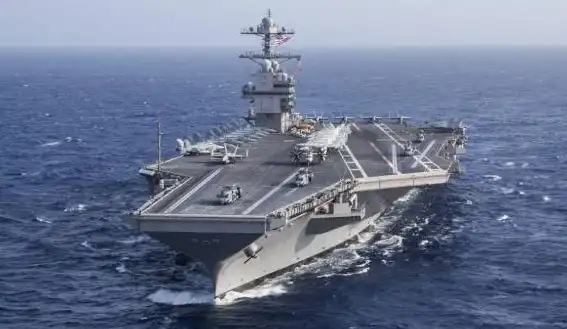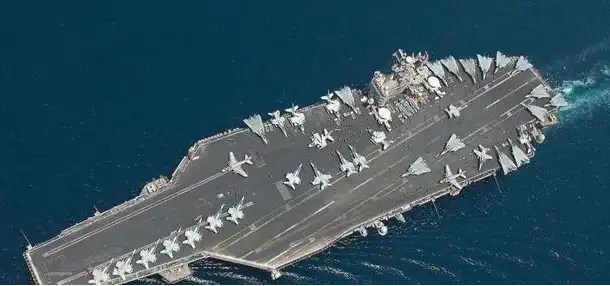aircraft carrier:The overlord of the sea, the shield of a strong national army
Aircraft carrier, the heavy weapon of a nation, the pinnacle of naval warfare. Since its inception, it has become a symbol of national strength and technological advancement.
Like a mobile fortress on the sea, it can sail far to demonstrate national prestige and intervene quickly in regional conflicts to safeguard national interests.
In today's world, the importance of an aircraft carrier goes without saying. Owning a technologically advanced aircraft carrier with outstanding combat capability is an aspiration for navies around the world.

If you want to do something well, you must first sharpen your tools. For a country, an aircraft carrier is the best of these "tools".
As the world's strongest carrier power, the history of the development of US aircraft carriers is magnificent, and the service of each aircraft carrier marks the further consolidation of its maritime hegemony.
Back in the days, Japan during World War II dared to attack Pearl Harbor with only four aircraft carriers, demonstrating the aircraft carrier's great power in long-range strikes.
Today, the US has developed aircraft carrier technology to new heights. Its nuclear-powered aircraft carriers, with their powerful endurance and high maneuverability, have become undisputed behemoths on the sea.
The rapid pace of renewal for US aircraft carriers in recent years has been remarkable. The commissioning of the USS Ford in particular represents a significant leap forward for the US Navy.
Representing an extravagant outlay and incorporating a host of advanced technologies, this monstrous aircraft carrier resembles a spaceship towering over the sea. However, even a ship as powerful as the USS Gerald R. Ford has run into a plethora of complications during the construction and service periods, demonstrating the complexities and construction dilemmas that come with aircraft carrier technology.

After the USS Ford, the United States did not stop, but continued to develop more advanced aircraft carriers. Among them, the USS John F. Kennedy represents the new height of US aircraft carrier technology.
With a full load displacement of 120,000 tons, its technology is reportedly 20 years ahead of the world, making it a true behemoth at sea.
What is more surprising, it will carry a full-scale fifth-generation stealth fighter, the F-35C, which enables the Kennedy to reach an unprecedented height of operational capability.
With the impending deployment of the Kennedy, the U.S. Navy will attain a formidable 13-carrier fleet.
This number not only reflects the maritime hegemony of the United States, but also poses a major challenge to the naval strength of other countries.
Faced with such a powerful U.S. Navy, countries around the world have had to re-examine their own naval development strategies and aircraft carrier construction plans.
After all, an aircraft carrier is not omnipotent, it also has its inherent weaknesses and limitations. In modern warfare, the threats facing aircraft carriers are increasing, such as anti-ship missiles and submarines, which pose great threats to aircraft carriers.
Consequently, ensuring aircraft carrier safety and enhancing their combat effectiveness have become important issues that navies of all countries must face.

The United States has solidified its global dominance by continually improving its advanced aircraft carriers and strengthening its naval supremacy.
At the same time, other countries are also actively strengthening their naval forces to cope with the increasingly complex international situation.
As one of the important weapons in modern warfare, aircraft carriers require not only huge economic input and technical support to build and operate, but also the guidance of national strategic vision and the wisdom of decision-makers.
In conclusion, the upcoming service of the USS Kennedy aircraft carrier undoubtedly represents a significant leap forward in the strength of the US Navy and a major adjustment in the global naval competition landscape.
In the face of the mighty naval power of the United States, other countries must speed up their own naval construction, improve their aircraft carrier building and operating capabilities, so as to safeguard national security and regional stability. As the old saying goes:The rise and fall of a nation is the responsibility of every man. Every country and every nation should strive to defend their homeland!
